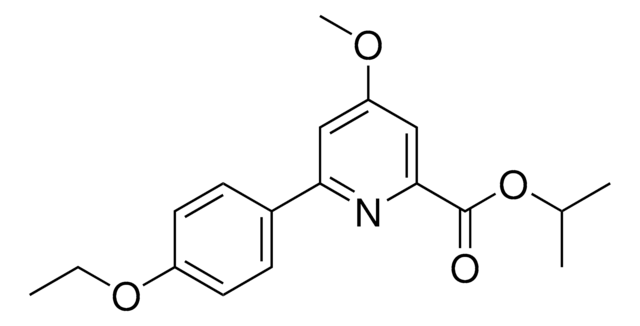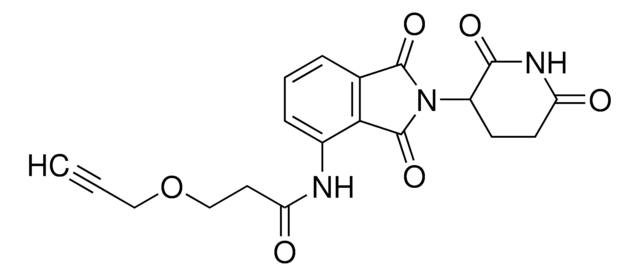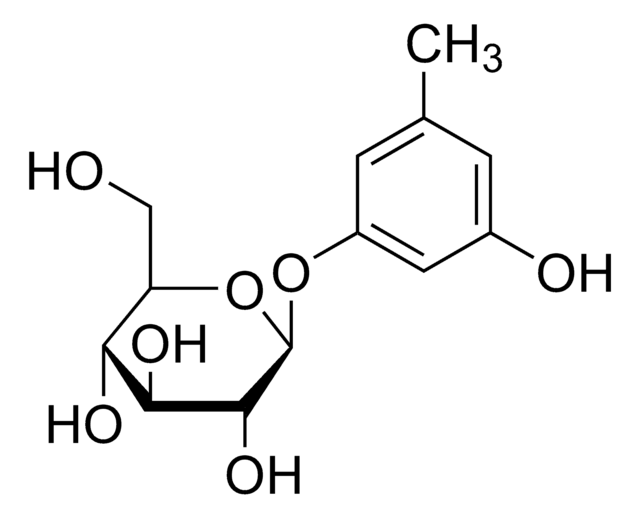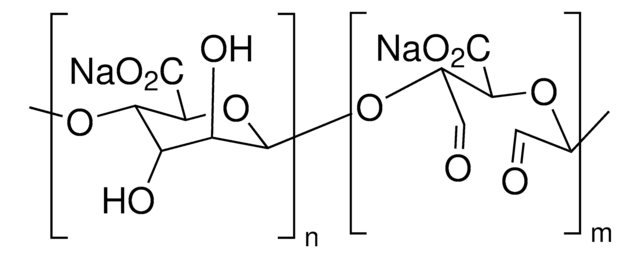927678
Pomalidomide-difluoroPEG1-C4-piperazine Hydrochloride
≥95%
Sinônimo(s):
2-(2,2-Difluoro-3-(4-(piperazin-1-yl)butoxy)propoxy)-N-(2-(2,6-dioxopiperidin-3-yl)-1,3-dioxoisoindolin-4-yl)acetamide hydrochloride
About This Item
Produtos recomendados
ligand
pomalidomide
Nível de qualidade
Ensaio
≥95%
forma
powder
temperatura de armazenamento
2-8°C
cadeia de caracteres SMILES
O=C(C(CC1)N(C2=O)C(C3=C2C=CC=C3NC(COCC(F)(F)COCCCCN4CCNCC4)=O)=O)NC1=O.Cl
Aplicação
Targeted Protein Degradation
Palavra indicadora
Danger
Frases de perigo
Declarações de precaução
Classificações de perigo
Repr. 1B
Código de classe de armazenamento
6.1C - Combustible acute toxic Cat.3 / toxic compounds or compounds which causing chronic effects
Classe de risco de água (WGK)
WGK 3
Ponto de fulgor (°F)
Not applicable
Ponto de fulgor (°C)
Not applicable
Escolha uma das versões mais recentes:
Certificados de análise (COA)
Lamentamos, não temos COA para este produto disponíveis online no momento.
Se precisar de ajuda, entre em contato Atendimento ao cliente
Já possui este produto?
Encontre a documentação dos produtos que você adquiriu recentemente na biblioteca de documentos.
Nossa equipe de cientistas tem experiência em todas as áreas de pesquisa, incluindo Life Sciences, ciência de materiais, síntese química, cromatografia, química analítica e muitas outras.
Entre em contato com a assistência técnica









